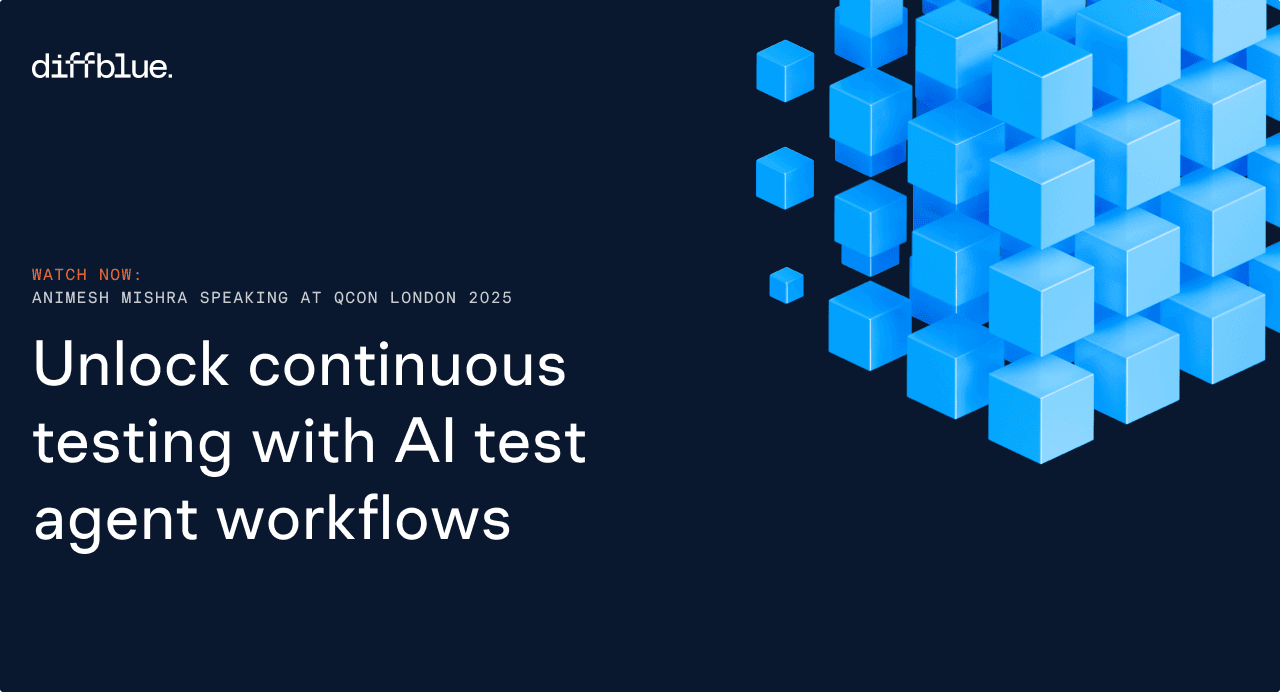Hear Mathew Lodge, CEO at Diffblue, talk about the importance of shift left to DevOps success and how AI can help enhance your aims to shift left.
Ready to stop manually unit testing?
See how Diffblue Cover can transform your code and your engineering team.



